What Causes Tooth Discoloration and How to Treat It?
- 1-Causes of Tooth Discoloration
- 2-Types of Tooth Discoloration
- 3-Treatments for Tooth Discoloration
- 4-How to Prevent Tooth Discoloration
- 5-Real-life Example: A Story of Tooth Discoloration
1-Causes of Tooth Discoloration
Tooth discoloration can occur due to various factors, both internal and external. Poor dental hygiene, excessive consumption of staining substances, and certain medical conditions can all contribute to a change in the natural color of your teeth.
External factors, such as foods and drinks like coffee, tea, red wine, and certain berries, are notorious for staining teeth over time. Smoking and tobacco use are also common culprits. On the other hand, internal factors like aging, certain medications, and even genetics play a significant role in the development of tooth discoloration.
2-Types of Tooth Discoloration
There are three main types of tooth discoloration: extrinsic, intrinsic, and age-related.
- Extrinsic Discoloration: This occurs on the surface of the teeth and is typically caused by foods, drinks, and habits like smoking.
- Intrinsic Discoloration: This happens when the inner structure of the tooth, called the dentin, becomes discolored due to factors like medication or trauma.
- Age-related Discoloration: As we age, the enamel on our teeth naturally thins, revealing more of the yellowish dentin underneath.
3-Treatments for Tooth Discoloration
There are several effective treatments for tooth discoloration, depending on the cause and severity of the staining. The following treatments are commonly recommended:
- Whitening Toothpaste: Many over-the-counter toothpastes contain mild abrasives or whitening agents that can help reduce surface stains.
- Professional Whitening: Dentists can offer in-office treatments that use stronger bleaching agents for more stubborn stains.
- At-home Whitening Kits: Dentists may also provide custom trays and whitening gel for at-home use, which can be a more affordable option than in-office treatments.
- Veneers or Bonding: For severe discoloration that cannot be removed by whitening, dental veneers or bonding may be an option to restore the appearance of the teeth.
4-How to Prevent Tooth Discoloration
Prevention is always better than treatment. Here are a few tips to help prevent tooth discoloration:
- Practice Good Oral Hygiene: Brush your teeth twice a day, floss regularly, and visit your dentist for cleanings to remove surface stains before they set in.
- Limit Staining Foods and Drinks: Try to reduce your consumption of foods and beverages that cause staining, or rinse your mouth with water afterward.
- Avoid Smoking: Smoking is one of the leading causes of tooth discoloration, so quitting will greatly improve the color of your teeth.
- Use a Straw: Drinking beverages like coffee or soda through a straw can help minimize contact with your teeth.
5-Real-life Example: A Story of Tooth Discoloration
Take the case of Michael, a 28-year-old who loved coffee and had a long-standing smoking habit. Over the years, his teeth had become noticeably yellow. No amount of brushing seemed to help, and he felt self-conscious about his smile. After seeking professional treatment, Michael underwent teeth whitening and was provided with custom whitening trays for at-home use. Within a few weeks, he saw a dramatic improvement. Now, Michael is more mindful of his diet and dental habits, keeping his smile bright and healthy.


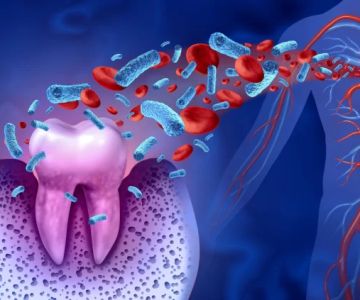
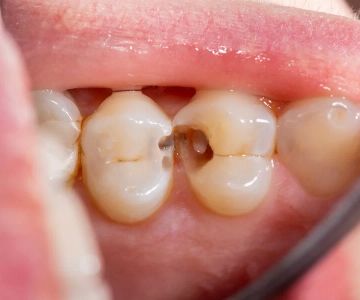
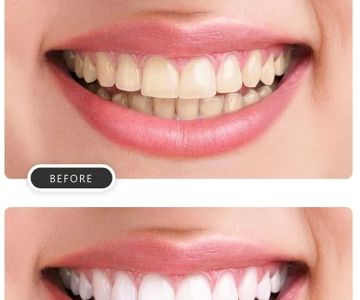
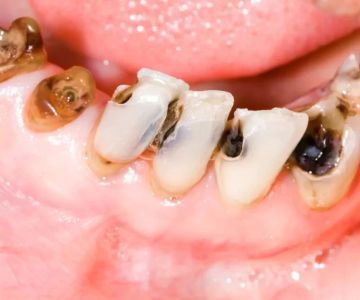
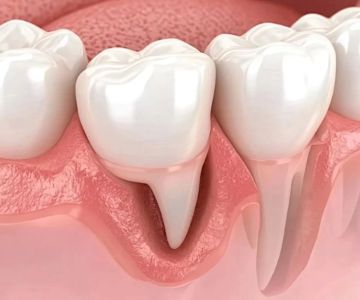
 Cox Erin E DDS
Cox Erin E DDS Pinnacle Peak Family Dentistry
Pinnacle Peak Family Dentistry Andover Family Dentistry
Andover Family Dentistry Deem Thomas E DDS
Deem Thomas E DDS Park Avenue Dental Professionals
Park Avenue Dental Professionals Wantagh Dental Arts
Wantagh Dental Arts The Importance of Oral Health Education During Pregnancy for a Healthy Pregnancy
The Importance of Oral Health Education During Pregnancy for a Healthy Pregnancy Why Skipping Dental Checkups Can Lead to Bigger Oral Health Problems
Why Skipping Dental Checkups Can Lead to Bigger Oral Health Problems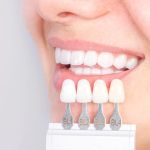 Advantages of Porcelain Dental Restorations
Advantages of Porcelain Dental Restorations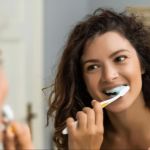 Best Tips for Brushing Your Teeth Properly for Healthy Gums: Essential Techniques for Oral Health
Best Tips for Brushing Your Teeth Properly for Healthy Gums: Essential Techniques for Oral Health How Can Diabetes Cause Tooth and Gum Problems? Preventing and Managing Oral Health Issues
How Can Diabetes Cause Tooth and Gum Problems? Preventing and Managing Oral Health Issues Healthy Habits for Promoting Good Oral Health and Hygiene: Tips for a Healthy Smile
Healthy Habits for Promoting Good Oral Health and Hygiene: Tips for a Healthy Smile